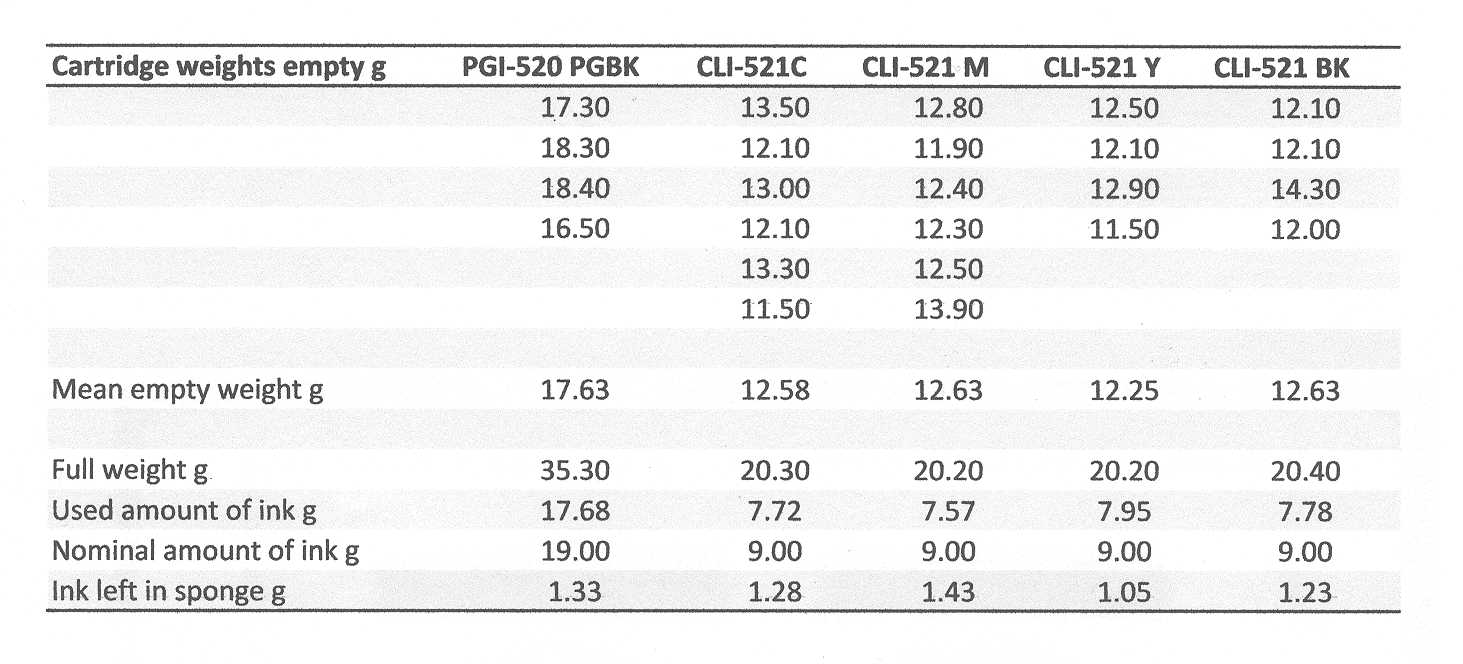Getting Fingers Dirty
- Joined
- Sep 19, 2010
- Messages
- 21
- Reaction score
- 0
- Points
- 27
hi,
from what i see here: http://www.canon-europe.com/ink/Yield/multifunctionals/PIXMA_MG6350.aspx
the XL cartridges list more than double the yield.
But from what I've found on google, normal cartridges are 7ml, and XLs are just 11ml.
So how can the yield be double..?
thanks!
from what i see here: http://www.canon-europe.com/ink/Yield/multifunctionals/PIXMA_MG6350.aspx
the XL cartridges list more than double the yield.
But from what I've found on google, normal cartridges are 7ml, and XLs are just 11ml.
So how can the yield be double..?
thanks!

